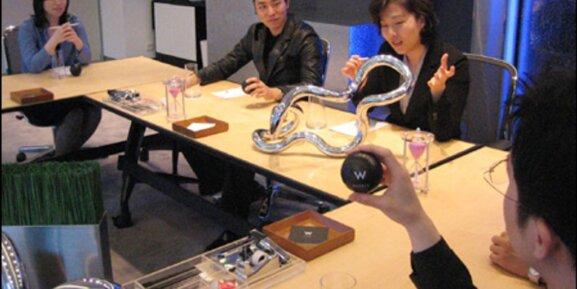Royal Tombs of the Joseon dynasty (UNESCO World Heritage Sites)
Royal Tombs of the Joseon dynasty (UNESCO World Heritage Sites)
Everyone knows about the Korean royal palaces but do you know about the royal tombs? The kings and queens of the Joseon dynasty which lasted over 500 years (1392-1910) are buried there. The tombs are located in forest sites so you can see the nature and relax from the city while visiting. Besides each tomb contains some information about the king or queen in Korean and English so you can learn a lot about Korean history. The tombs are usually in a round shaped mound. They also contain an entrance, a T-shaped shrine for ancestral ceremonies and other buildings. There are 40 tombs in the Gyeonggi province but in this article I will present the ones that are most worth visiting.
1. Seonjeongneung (선정릉)
Located in the heart of Seoul, these tombs are a unique site compared to the modern surroundings of the Gangnam district. The tombs are a great tourist attraction if you want to see nature in Seoul. Many people come just to relax in the quiet surroundings. The 9th King of Joseon, Seongjeong (1457-1495), his wife Queen Jeonghyeon and their son, the 11th King of Joseon, Jungjong (1488-1544) are buried here. The King and Queen are buried in separate mounds and you can have a close look at them. You can see the stone statues of people and animals that are supposed to guard the tombs. King Jungjong’s tomb is located a bit further from his parents’ mounds. If you visit Seoul, Seonjeongneung is definitely worth a visit.
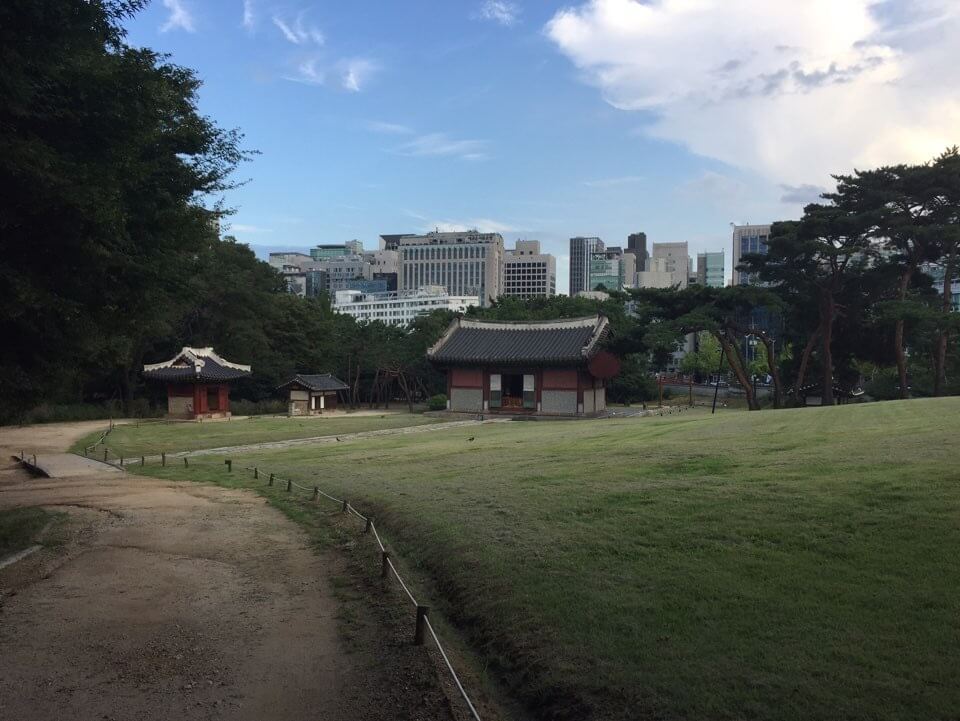
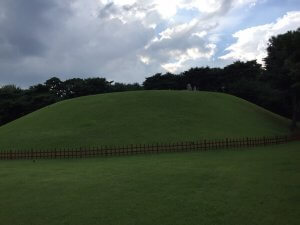

Location: 1 Seolleung-ro 100-gil, Gangnam-gu, Seoul
Seolleung Station (선릉역) (Bundang Line and Line 2), exit 10
Seonjeongneung Station (선정릉역) (Bundang Line and Line 9) exit 3
10 minute walk from Seolleung Station, 15 min walk from Seonjeongneung Station
2. Yeongnyeongneung (영녕릉), burial place of King Sejong
The burial site of the famous king who created the Korean alphabet Hangeul is definitely a must-see. It is located in the city of Yeoju south-east from Seoul so it is a long ride but it is accessible by subway and bus. King Sejong’s wife, Queen Soheon is also buried here. The tomb has a great design and you are allowed to come close to it so you can see all the exact details. You can also admire the sculptures of the guides and animals very closely. King Sejong (1397-1450) is the most famous Joseon king whose statue is in the heart of Seoul in Gwanghwamun Square and who appears on the 10,000 won bill. The burial site of such a great and wise king is surely worth seeing.
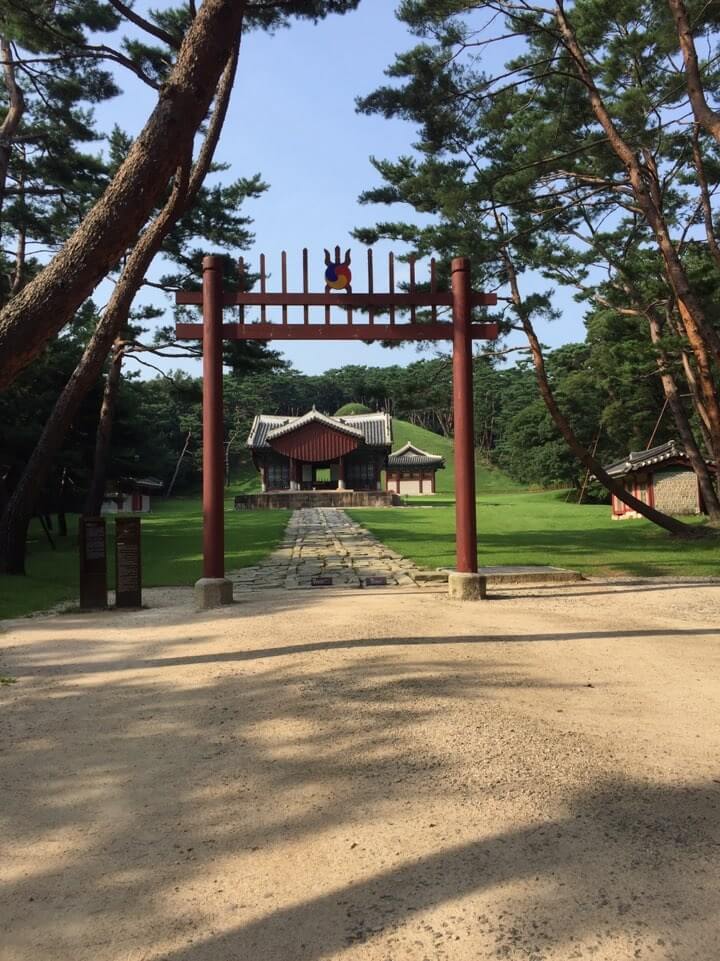

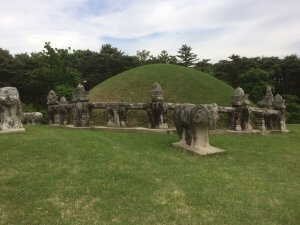
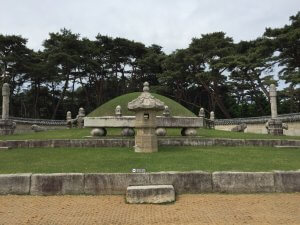
Location: 269-50 Yeongneung-ro, Neungseo-myeon, Yeoju-si, Gyeonggi-do
Take the Gyeonggang Line to Sejongdaewangneung Station (세종대왕릉역) and take a bus from there. It takes about 2 hours from Seoul.
3. Yunggeolleung (융건릉)
This tomb is unique not only because of its distinctive design compared to other tombs but mainly because it is the burial site of one of the most tragic figures in Korean history, Prince Sado (1735-1762). He was the son of King Yeongjo (1694-1776) who had him very late and had great hopes for him to become a worthy successor to the throne. Because of the very unhealthy relationship between the father and son, Prince Sado developed a mental illness because of which he became dangerous to the people surrounding him and unsuitable to become a king. To prevent the country from falling into the hands of a madman, King Yeongjo ordered to seal the prince inside a rice chest and left him to die. Sado was only 27 years old at death. Many conspiracy theories surrounding his death have been made so his wife, Lady Hyegyeong wrote memoirs to clarify the situation and clear both the king’s and the prince’s names. Prince Sado’s story is often depicted in films like “The Throne” or various dramas. The prince’s son who became the next king, Jeongjo designed his father’s tomb in a different design and located the surrounding buildings in a different way than the traditional geomancy for royal tombs which makes the site unique. Yunggeolleung is the burial site of Prince Sado, his wife Lady Hyegyeong, their son King Jeongjo and his wife, Queen Hyoui. King Jeongjo is known as the initiator of the “Korean Reneissance”, as he introduced a lot of reforms and made contribution to education and culture.

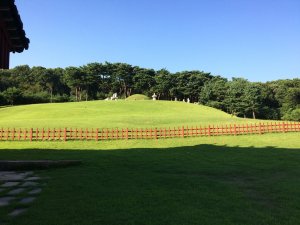
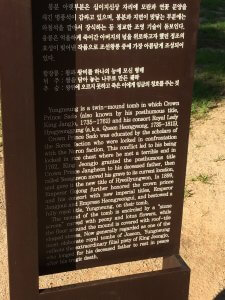

Location: 21 Road 481, Hyohaeng-ro, Hwaseong-si, Gyeonggi-do
Take Line 1 to Byeongjeom Station (병점역) and take a bus to Yunggeolleung Station from there.
It takes about 1,5 hours from Seoul.
4. Donggureung
The name means “Nine tombs on the east” and the tombs are located in the city of Guri, east from Seoul. This site is definitely special because you can visit many kinds of tombs in one place. There is also a pond where lotus flowers blossomed once called the Lotus Pond. You can see ducks, cranes and fishes in the pond. A lot of king and queens are buried here and the most famous ones are Taejo, the founder of the Joseon Dynasty and Yeongjo, the father of Prince Sado who was mentioned earlier. In Donggureung you can see both single mound and twin mound tombs so there is a variation.

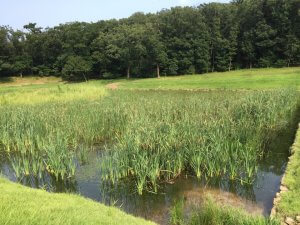
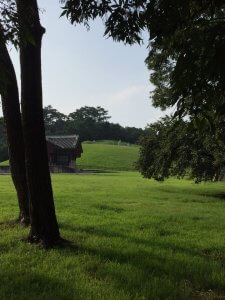
Location: 197 Donggureung-ro, Guri-si, Gyeonggi-do
Take the Gyeongui Jungang Line to Guri Station (구리역) and then take a bus to Donggureung.
It takes about 45 minutes from Seoul.
5. (BONUS) Daereungwon Tomb Complex (대릉원) in Gyeongju
These tombs are a bonus mention because they are from the Silla period, not Joseon. Their design is different than the Joseon tombs so you can make a comparison between them. These tombs are from ancient times and that’s why it is not known who was buried in them. Within the complex there is a tomb called Cheonmacheong which was excavated and you can see the inside of it. There are golden artifacts from the Silla period displayed there. The tombs create a unique landscape and the grass on them changes colour every season. If you visit Gyeongju, make sure to visit Daereungwon Tomb Complex.

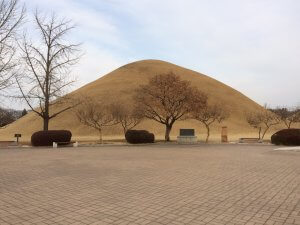
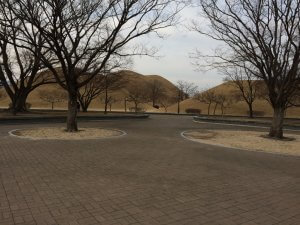
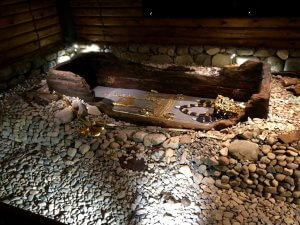
Location: 9, Gyerim-ro, Gyeongju-si, Gyeongsangbuk-do
It takes about 3-4 hours by KTX or bus from Seoul.
Article by Rebeka Dondo
Photos by Rebeka Dondo


